Why we need to change our perceptions of wildness
I believe that, at some level, we all need wildness. Of course the nature of this need varies according to who we are. Thrill seekers will want to abseil off cliffs deep in the mountains, the more contemplative will lose themselves in reverie gazing at the sea, whilst others will be content with a walk in the woods, an hour or two with their hands in the soil on the allotment or a glimpse of a blackbird foraging in the leaves from the kitchen window. I fully accept that my perspective is that of a northern European who has had access to a wide range of differing natural environments throughout my life, but I believe that this need for the wild, whilst taking many different forms, infuses many different cultures, and exploring this diversity is an important area for future research.
Why is wildness so important? I think it is because our relationship with the wild is really about finding out who we are and understanding our place in the world. The idea of wilderness is a projection of our own desires and fears concerning our sense of self, how we relate to the world, and how we want the world to be. At its most basic wilderness represents a conflict between our desire to make sense of the world and our desire for it to be greater, more complex and more mysterious than we are capable of imagining.
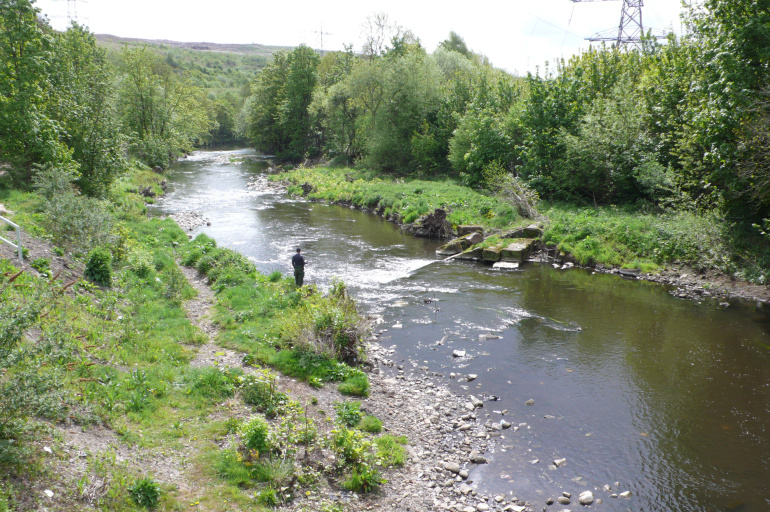
These ideas have numerous implications. We already know that exposure to natural environments is beneficial in terms of improving mental health and resilience, increasing opportunities for social interaction, providing opportunities for physical activity and increasing longevity. We are just beginning to explore the nuances of this relationship, to find out whether all such interactions have the same effects, or whether different types of natural environment have different impacts. My own research suggests that there are differences. Highly managed open green spaces have a calming effect, whilst wilder more complex and challenging natural environments are more stimulating and invigorating, but how we respond to them also depends on our individual states of mind, as well as our our personal ideas about what constitutes a natural environment.
We also know that urban green spaces provide many other important functions, or ecosystem services, such as flood mitigation and combating climate change by lowering air temperatures, but what is the role of wildness in this? Do wilder, more natural, green spaces provide more and better ecosystem services?
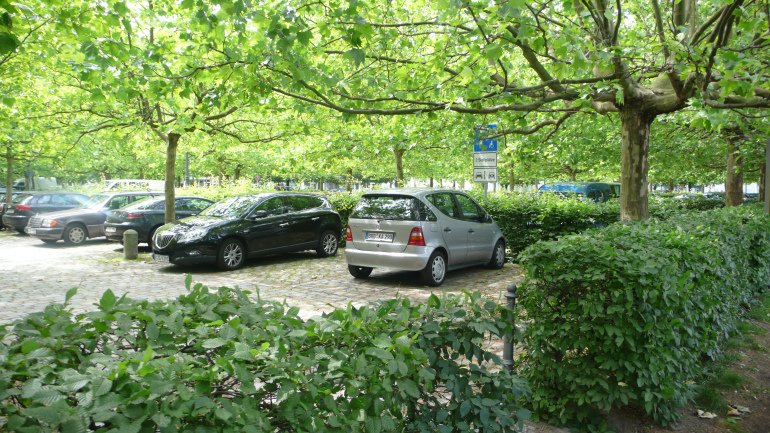
Currently I am working on a project funded by the Natural Environment Research Council under their Biodiversity and Ecosystem Service Sustainability programme- Fragments, Functions and Flows and Urban Ecosystem Services[1]- exploring the effects of making our existing urban green spaces a bit wilder by introducing meadows into areas of amenity grassland close to where people live. We are looking at the reactions of green space users and local residents to these changes, as well as evaluating their effects on wildlife (insects) and other ecosystem services (e.g. water infiltration). We want to find out whether increasing biodiversity- raising the numbers of plant and animal species within these spaces- boosts ecosystem service provision.
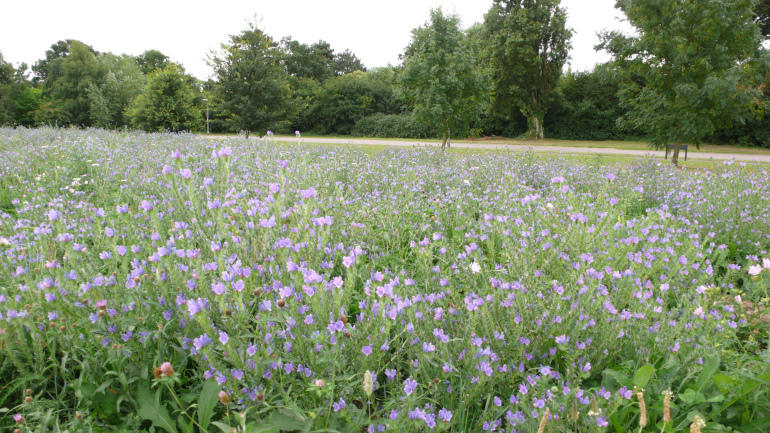
Preliminary findings suggest that most green space users really appreciate the introduction of these pockets of wildness in their everyday green spaces. However, the type of meadow really matters, and the siting and design of the meadows is a crucial part of the process, as is working closely with stakeholders and end-users.
Urban rewilding could take place in many different ways and at different scales, ranging from small pocket wild spaces to new woodland and wetland creation, and of course, just as wildness has an important role in our lives, there will always be a need for more managed public open spaces. Landscape architects, with their understanding of people, environment and place, essential in rewilding schemes, have exactly the right mix of skills to do this kind of work.
[1] http://bess-urban.group.shef.ac.uk
Book: Urban Wildscapes
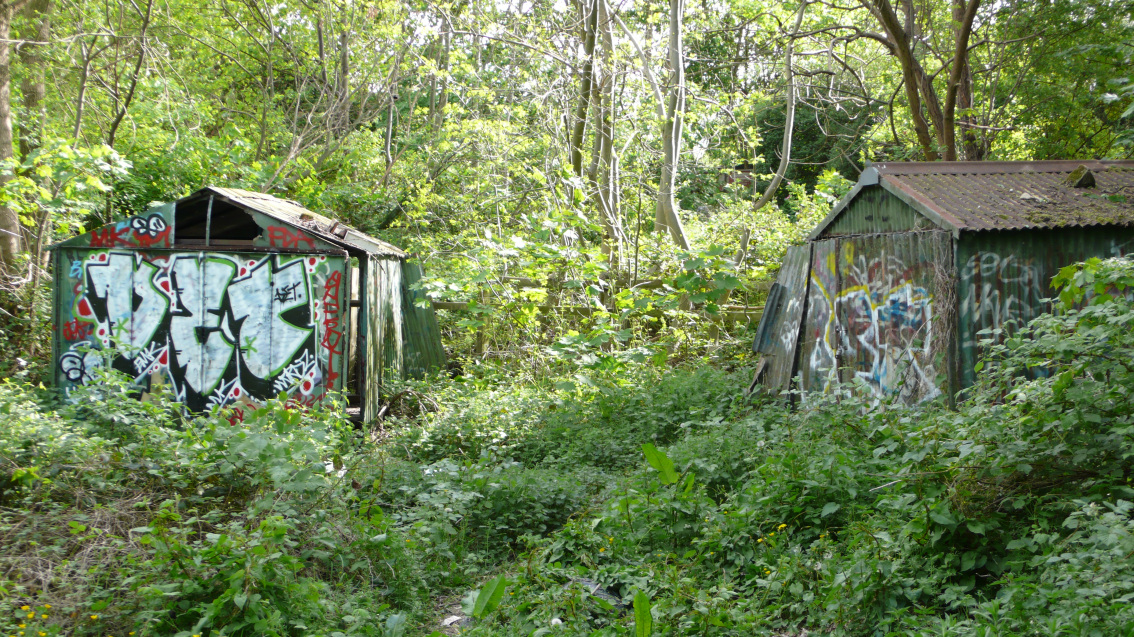
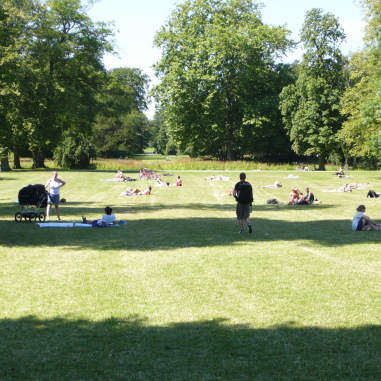
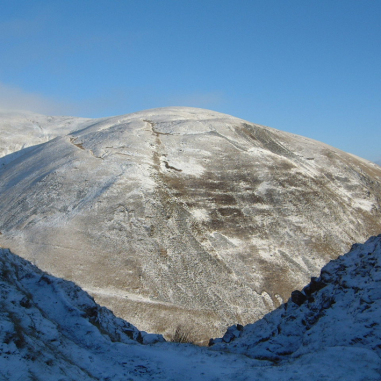
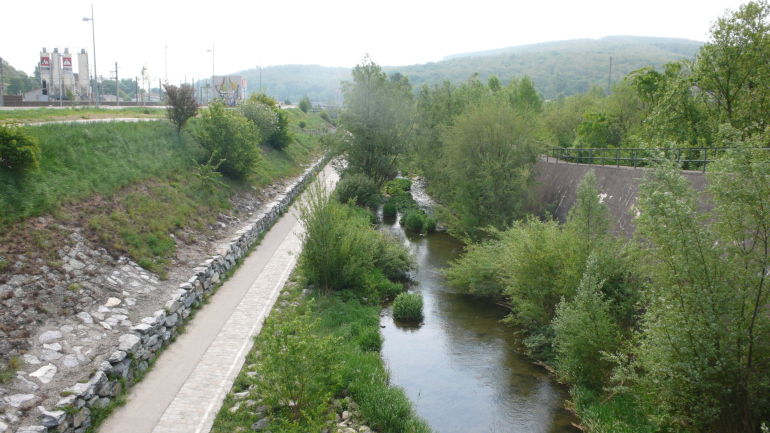


This looks to be a really interesting project Anna. I hope your work will also encompass how different publics (such as different ethnicities) react to wilding in public spaces. Julian Agyeman offers some helpful thoughts on this here: http://www.humansandnature.org/entering-cosmopolis-crossingover-hybridity-conciliation-and-the-intercultural-city-ecosystem-by-julian-agyeman-article-166.php
LikeLike
Thanks Duncan. Interestingly our preliminary results suggest the the BME members of our sample reacted positively to some of the ‘wildest’ meadow forms we trialled. However our BME sub-sample was small and cultural differences in readings of landscape and wildness is an area that needs much more investigation. Scope for another project here? I look forward to reading Julian Agyeman’s piece.
LikeLike